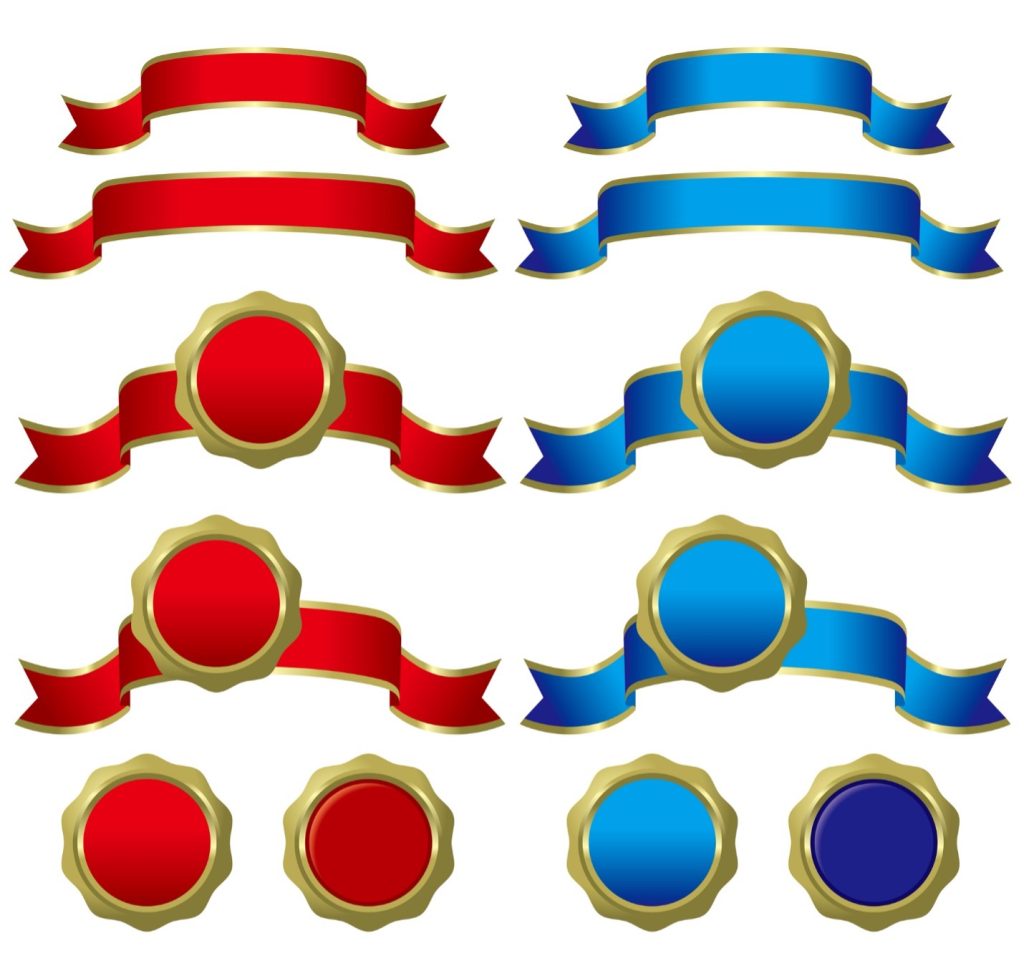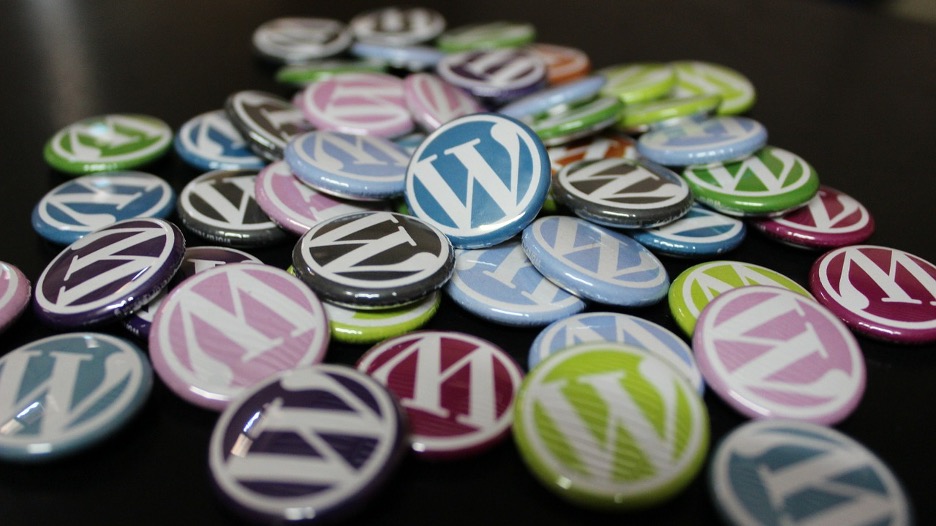Badges have long been used as a symbol of status and accomplishment. Recently, they have been utilized for marketing, advertising, and visual identification. While choosing the badge’s design, colors, and artwork is lucrative work, there is a difficult decision to make first – the material of the badge!
Soft enamel, hard enamel, or die-struck? You might hear several factors about these enamels like their uses and uniqueness etc. So sometimes it’s so confusing for people which enamel is better as a quality vice or according to their need, they use to stuck in between these situations So to solve this kind of issue you should consult PINGOD, as they have a variety of unique enamel like hard, soft, die-stuck police and 3D pins with good quality of material and size. The best part of these enamels is they are cheap and reasonable. And you can customize it according to your need.
Here is a complete guide weighing the pros and cons in a side-by-side comparison to clarify which badge material is best for you.
Hard enamel
Hard enamels are produced from solid pieces of glass/resin baked at significantly higher temperatures. Creating a hard enamel badge contains more complex steps than soft enamel. The base is first filled with patterns and colors to produce a durable enamel pin. The face of the badge is then carefully sanded down until it evens out. It makes hard enamel an excellent alternative for various metal finishes.
Hard enamel badges have a sleek, jewelry-grade texture owing to their perfect blend of polishing and grinding.
The hard enamel might be best if you prefer gold or silver metal plating for your badge. Enamel design is applied to the surface, elevating the enamel while it bakes, cures, and solidifies. Go here to choose the hard enamel options, but before that, know its pros and cons. The analysis below will guide you in your choice.
Pros:
- Clean and seamless appearance.
- Put silkscreen on hard enamel pins to add intricate details to the design.
- Excellent quality owing to the stylish design and opulent appearance.
- Higher purity ratio.
- Scratch and corrosion-free layer on top for increased durability.
- Solid built.
Cons:
- Costly.
- Requires longer manufacture time because of the complex step involved.
- Limited options for plating since it allows only metallic finishes, like gold, silver, or nickel.
- Does not allow very complicated designs.
- Works with solid colors only.
Soft enamel
The soft enamel pins are first electroplated with the desired plating. The colorful enamel is then applied to the hollow areas of the badge.
The piece is then put into an oven once all of the enamel has been applied. The enamel is baked at high temperatures to give it a sturdy build. The action is performed only, so the enamel adheres to the borders and the spaces beneath the metal contours when the badge solidifies.
People looking for intricate designs on badges are more likely to choose soft enamel using slimmer dye lines and filling spaces.
If you need the detailing of soft enamel but prefer the look of hard enamel, the epoxy resin cover option is your best choice. It offers a smooth impression at an affordable cost.
You can feel the uneven metal ridges when you touch your fingertips over a soft enamel badge. Soft enamel is popular for those looking for distinctive texture and visual depth.
Pros:
- Great value for money.
- Cartoonish, 3D look.
- Slim and lightweight badges comparatively.
- It can be plated with any material, including metal, colors, vintage coatings, etc.
- Capture fine details.
- Easier and quicker to make.
Cons:
- Grooves may crack or get hooked in clothing.
- Damage-prone due to the absence of an enamel protecting layer.
- Not as lustrous in appearance.
- More chances of defective pieces due to impurities.
Die struck
Die-struck badges are manufactured without any enamel. They are treated with various metallic finishes and coatings. To make a permanent mark of your artwork on the metal, a sheet of copper/iron is stamped with the die.
These badges are well-known for holding the emblem of the army, enterprise, and community sectors in particular. Still, they also bring a distinctive way of producing illustrations tastefully.
They are excellent for gold, silver, and bronze-themed medals and accomplishments. They are an ideal option for vintage plating as well.
Open spots with tarnished plating can offer an excellent contrast badge due to the sanding procedure.
Pros:
- Metallic look and finish with many plating options.
- Clean, vivid, and polished look.
- The vintage look offers a rich look.
Cons:
- Metal is the only color with a low contrast.
- The old look might be perceived as rusty and cheap.
Which is best for you?
The main differences between die-struck, hard, and soft enamel are their appearance, textures, and turnaround times. Hard enamel is the best choice if you like the smooth and glossy version. You can prefer soft enamel if you like more texture and intricacy. And die-struck is a go-to pick if you want to wear an achievement badge on a uniform.
Here are some more features to look at:
- Durability – Hard enamel is robust and resistant to scratches. However, epoxy coats delicate enamel pins to shield them from damage.
- Cost – Soft enamel is the cheapest.
- Appearance – Modern hard enamel mimics the effects produced by traditional cloisonné methods. Die-struck badges also offer an elegant antique look.
- Detail – Soft enamel can capture complex designs precisely.









